5 Keys to Our Homeschooling Life
My name is Randi and I homeschool our two boys, ages 8 and 7. We live in the southeastern United States and are just finishing up our third year of homeschooling. We started homeschooling after our oldest son finished kindergarten and we realized he was not going to fit the mold that the public schools expected of him. I did lots of research about different methods and styles of schooling when preparing for our first year of homeschool and throughout that year. It took a little while to figure out what would work for us and we now use an eclectic method of homeschooling, combining some very structured curriculum with a variety of other methods. Below are five areas that we consider key to our homeschooling.
1: Living books
During my research I came across the Charlotte Mason method of teaching. While I didn’t feel the whole method was a good match for my boys, I did like her idea of living books. Living books are different than textbooks in that they pull the reader into the story and make the topic ‘come alive’. We read many well-written biographies and historical fiction books, as well as a series of math living books. While I read, the boys often color or draw. Our favorites have been the Magic Tree house series, the Who Was or What Was collection, the I Survive series, An Interactive History Adventure series, and the Life of Fred collection of math books. The Sir Cumference math series and Story of My World are on our list for next year!
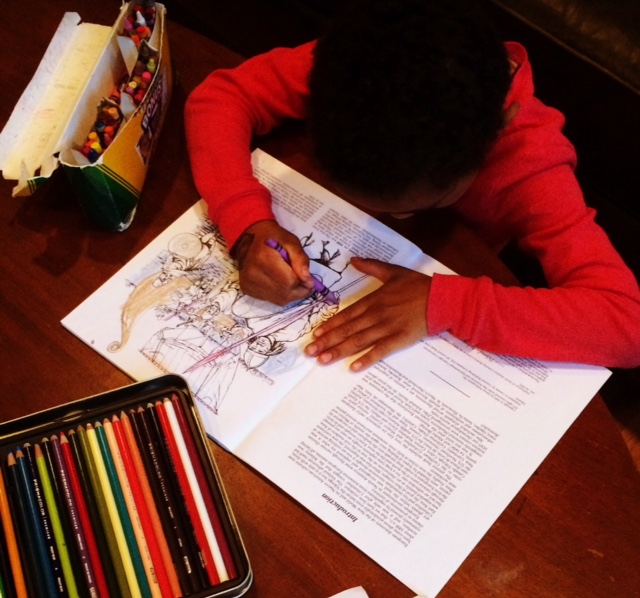
2: Multi-sensory learning
Multisensory learning simply means learning through more than one sense. It is a technique that often helps children who have difficulty learning as it engages their brains in different ways. When buying structured curriculum, I typically try to use programs that are multi-sensory. For example, we use a reading program that is Orton-Gillingham based. The activities teach reading through sight, sound, and touch. We also use Montessori materials in learning our math skills, allowing the boys to learn through touch and sight while I give auditory input at times.
I try to incorporate multisensory activities when creating learning activities. When we studied deserts, we made shoe box dioramas of deserts with the type of soil/sand one would find in a particular desert and models of the plants and animals. We draw pictures of poems to help us visualize what the words are telling us. I also create sorting mats with colored photographs as a hands on activity to learn how objects, plants, animals, etc. are classified.
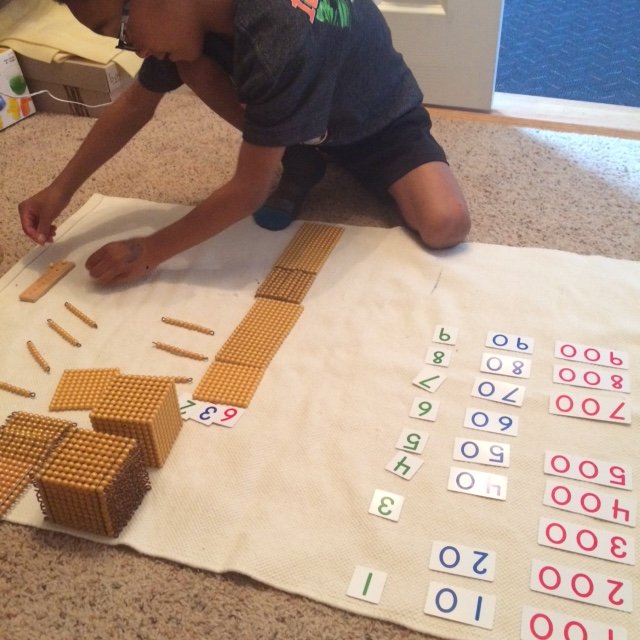
3: Field trips
Field trips are my favorite way to learn. I personally love to get out of the classroom and now that we are nearing the end of our school year, I have started scheduling them for every Friday. They reinforce what we have learned and introduce new topics to study. For example, while hiking recently at a national battlefield, my oldest son started reviewing the different categories of rock and asking how minerals worked into the classification system. Thank goodness I had a phone to google the information! They allow us to learn information in a way, I cannot create in our classroom. The boys remember the information better because they have experienced it instead of just hearing or reading about it. Locally this year we have visited national battlefields and science, art and history museums. Whenever we travel now, we work in learning experiences. This year we scheduled a week long field trip to Washington DC and the Williamsburg, VA area, both rich in history. We took advantage of art and science museums as there as well. We hope to do more week long field trips in the future.
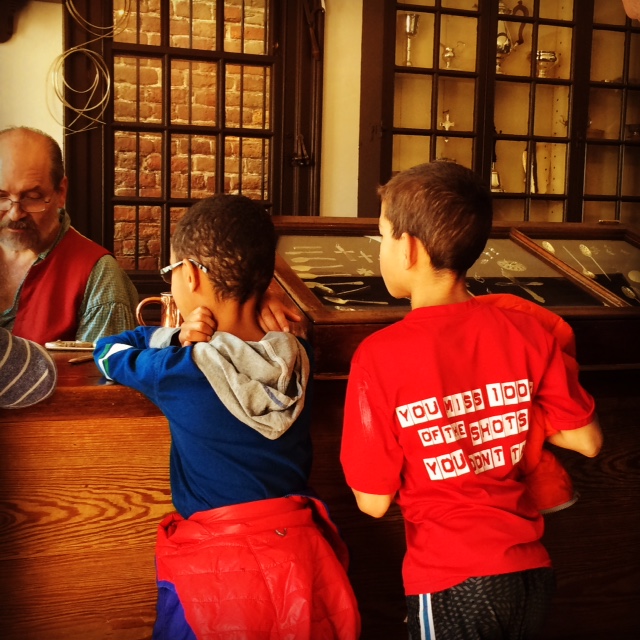
4: Nature study
One of my goals of homeschooling was for the boys (and myself) to become much more educated about our natural surroundings. I find hiking calms my mind so we try to get outside as much as we can. I have tried with varying degrees of success to incorporate daily walks into our routine and we go on longer hikes locally and on day or overnight trips when we can. I have bought guide books to help us identify trees, rocks, clouds, birds, and other plants and animals. We don’t pull those out as much as we would like to, though. I have also bought some more structured books to help us learn specific nature topics, but they haven’t yet made it into our daily routine. But thankfully, we have my phone to google the many questions that come up when we are outside. And maybe this is all the structure to nature study that we need!
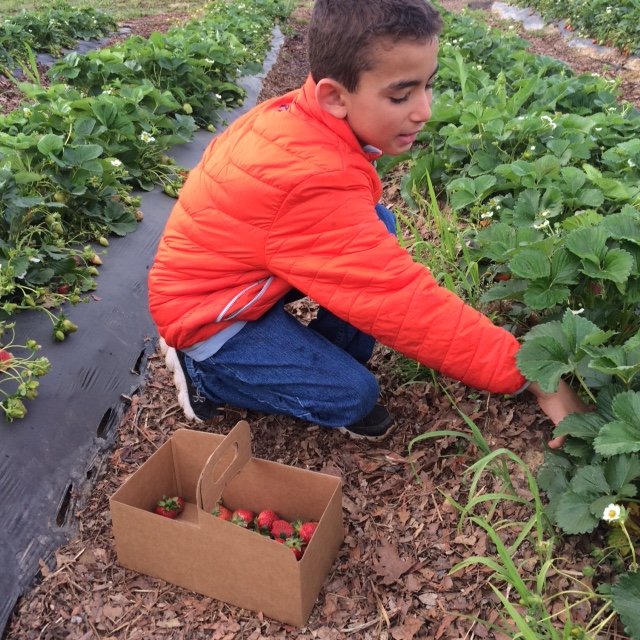
5: Life Skills
We also try to use the increased time in our day and flexibility of homeschooling to make sure the boys are acquiring all the skills they will need as adults. Together we work in the garden, grocery shop, and sometimes cook. They received toolboxes this year and my husband is helping them learn how to fix items around the house, put furniture together, and do simple repairs on our cars. They also perform a variety of chores. Honestly, it would be easier to do the chores myself than take the time to coach them through doing them properly, but as I tell them, they most likely will not be able to afford a cleaning service when they leave home!
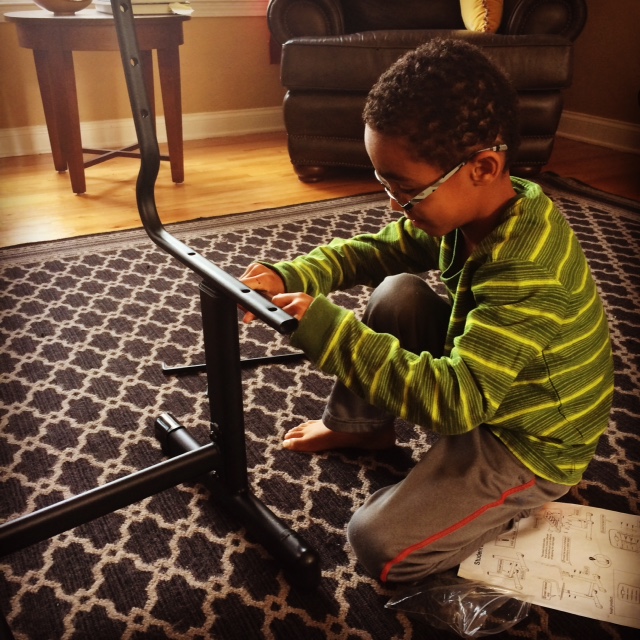
Whenever we have a day or a week where I am questioning why it is that we homeschool, I come back to these five keys. These bring joy to our schooling to offset those moments where maybe math or spelling has brought all of us to tears. They keep us going and keep us bonded together as a family.
You can find more from Randi here:

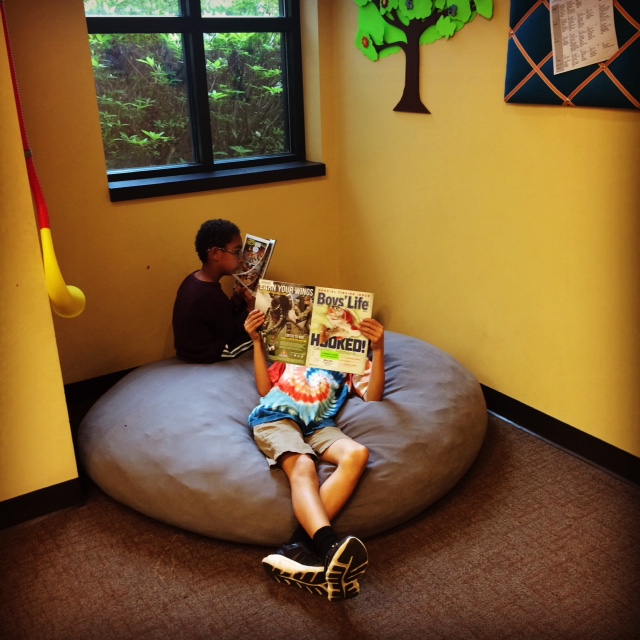
Great post – i like the idea of living books!